The Evolution of the Soundtrack: How Music Enhances Film and TV
Music has been an integral part of storytelling for centuries, but its role in film and television has evolved significantly since the inception of moving pictures. The soundtrack, whether a seamlessly woven score or a carefully curated selection of popular songs, plays a crucial role in shaping the audience’s emotional landscape, enhancing narrative depth, and creating memorable cinematic experiences.
The Silent Era: Music as Context
In the early days of cinema, films lacked synchronized sound, relying instead on live musicians to provide atmospheric accompaniment. Piano, organ, or orchestral performances in theaters were essential, filling the silence and guiding the audience’s emotional responses. This practice established the foundational relationship between music and visual storytelling. Compositions were often improvised, offering a dynamic yet unpredictable experience that varied by performance.
The Birth of the Score: From Silence to Symphonic
With the advent of synchronized sound in the late 1920s, films began to feature original scores. Notable examples include The Jazz Singer (1927), which marked a turning point for sound in cinema. Composers like Max Steiner and Erich Wolfgang Korngold pioneered the technique of scoring, crafting themes for characters and motifs that followed narrative arcs. Steiner’s work on Gone with the Wind (1939) exemplified this development, with music intricately tied to the film’s emotional highs and lows.
The Golden Age: Iconic Themes and Orchestration
The 1940s and 1950s are often regarded as the Golden Age of film scoring. Composers such as Bernard Herrmann, Elmer Bernstein, and Dimitri Tiomkin enriched the cinematic experience with iconic themes. Herrmann’s score for Psycho (1960) is particularly renowned for its unsettling strings, which transformed the film’s shocking scenes into legendary moments in horror cinema. This era showcased the potential of film scores to shape a film’s identity, laying the groundwork for auteur directors and composers to collaborate closely.
Popular Music Takes Center Stage
As the decades progressed, the 1960s and 1970s saw a shift towards integrating popular music into films. Soundtracks began to reflect contemporary culture, featuring songs that resonated with audiences beyond the theater. Iconic films like The Graduate (1967) showcased the power of popular music with Simon & Garfunkel’s haunting melodies, bridging generational gaps and placing the soundtrack at the forefront of the cinematic experience.
The use of popular music reached a zenith in the 1980s with films like Footloose and Dirty Dancing, which not only delivered catchy tunes but also served as marketing tools, leading to soundtrack albums becoming commercially successful entities in their own right.
The Rise of the Composer-Director Collaboration
In the late 20th and early 21st centuries, a new trend emerged: the collaborative partnership between directors and composers. Visionaries like Quentin Tarantino and David Lynch have notably utilized music to complement their unique storytelling styles. Tarantino’s integration of eclectic music choices, from pop to obscure funk, has become a hallmark of his films, making soundtracks as iconic as the films themselves.
Composers like Hans Zimmer and John Williams have created recognizable scores that transcend their films. Zimmer’s work on Inception (2010) and Williams’ legendary themes for Star Wars demonstrate how music can elevate a film’s mythos, becoming part of the fabric of modern pop culture.
Television: A Certified Soundtrack Renaissance
As television has evolved from episodic series to cinematic storytelling, soundtracks have similarly risen in prominence. HBO’s Game of Thrones featured Ramin Djawadi’s sweeping compositions that transformed the viewing experience, making music a character in its own right. Streaming platforms further embraced soundtracks, with series like Stranger Things using nostalgic songs to evoke 1980s vibes and enhance storytelling.
The Influence of Technology on Soundtracks
Today, technology profoundly affects how soundtracks are created and experienced. Digital platforms allow for seamless integration of music, while the rise of playlists has changed how audiences engage with soundtracks. The ability to listen to curated soundtracks outside the cinematic experience has transformed music consumption, leading to a new appreciation for film and TV music.
Conclusion: The Timeless Bond Between Film, TV, and Music
The soundtrack has evolved from mere accompaniment to an essential storytelling device, enhancing the emotional weight of films and television shows. As the mediums continue to evolve, so too will the soundtracks, remaining an intrinsic part of the art of storytelling. Whether through orchestral scores or contemporary hits, music will undoubtedly continue to shape the way we experience narrative on screen, ensuring that every note resonates long after the credits roll.
[modern_footnote_source_link]

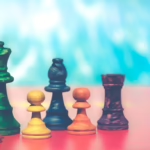




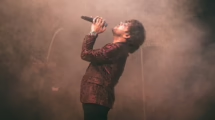


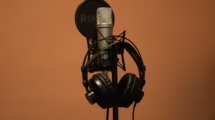





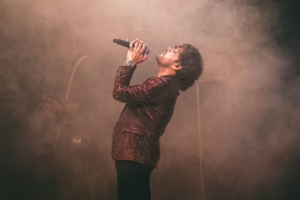
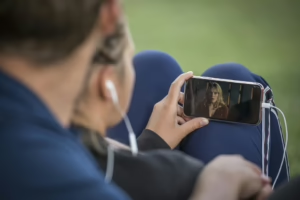

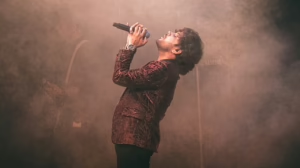
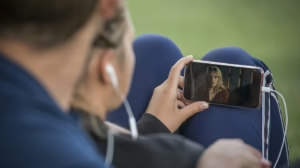





Add Comment